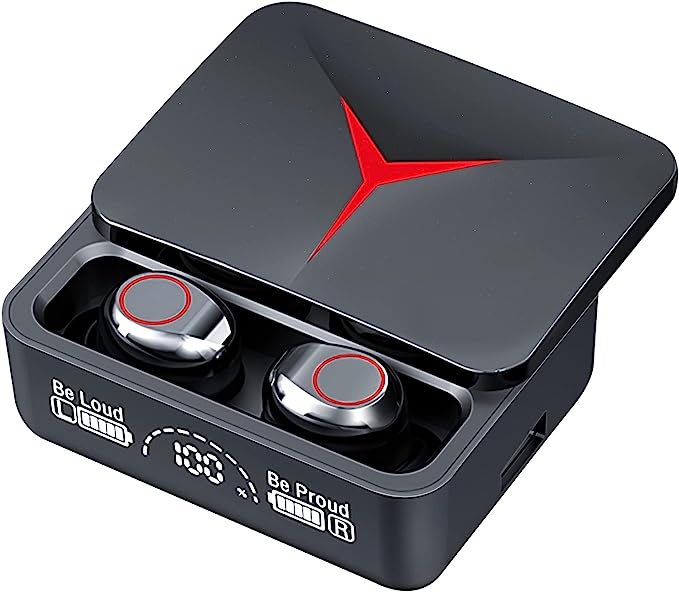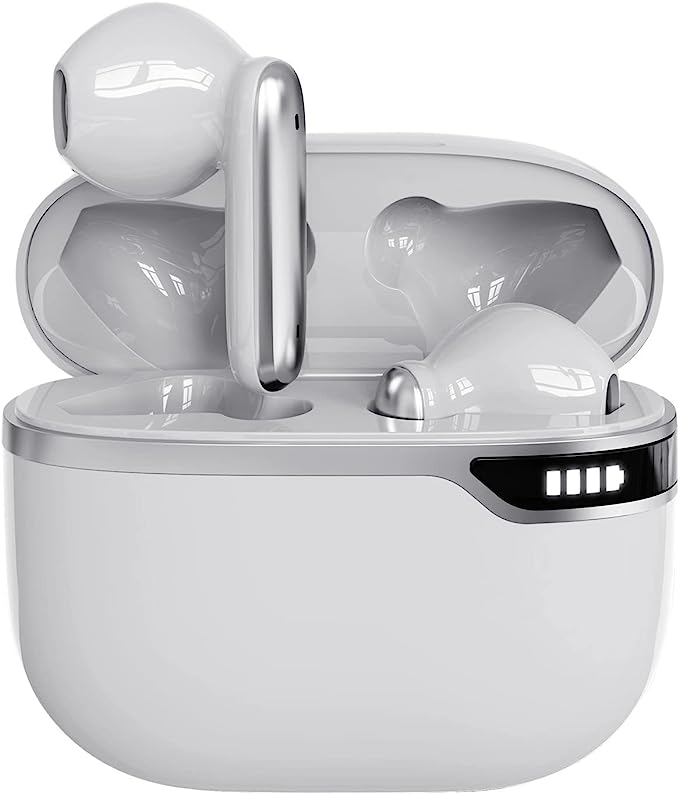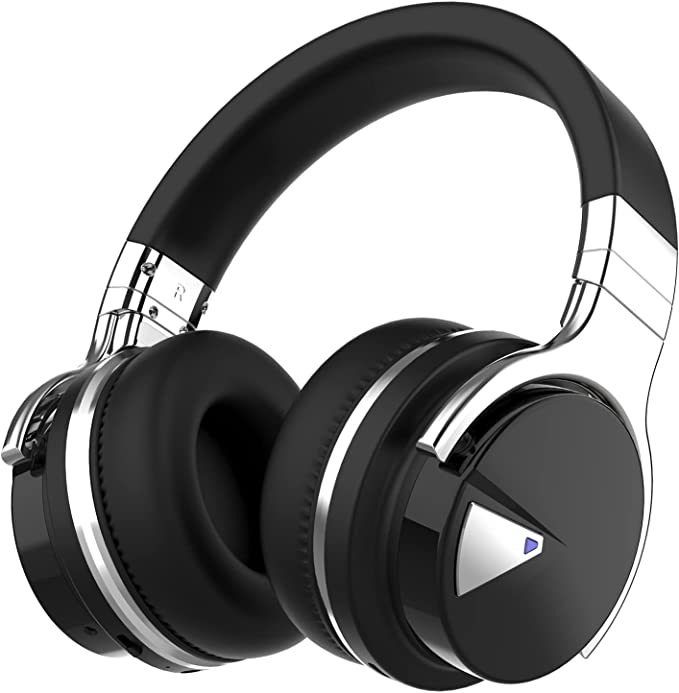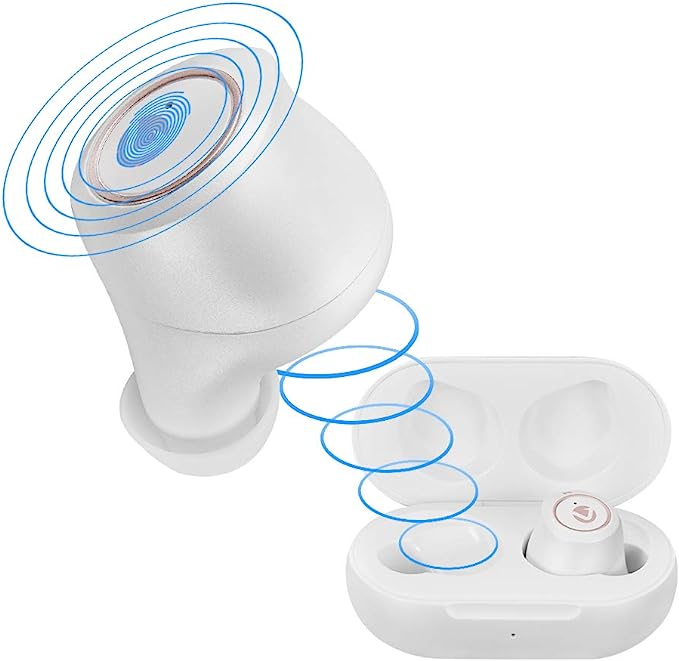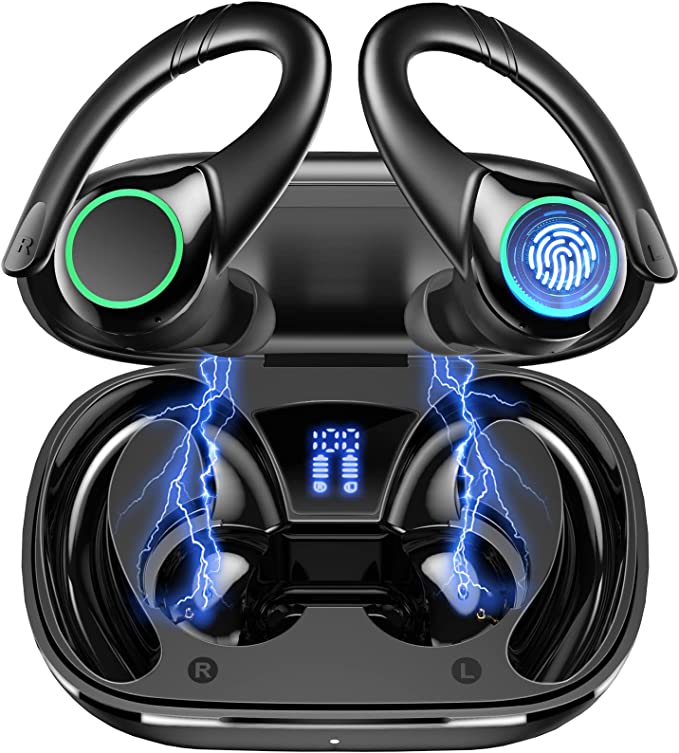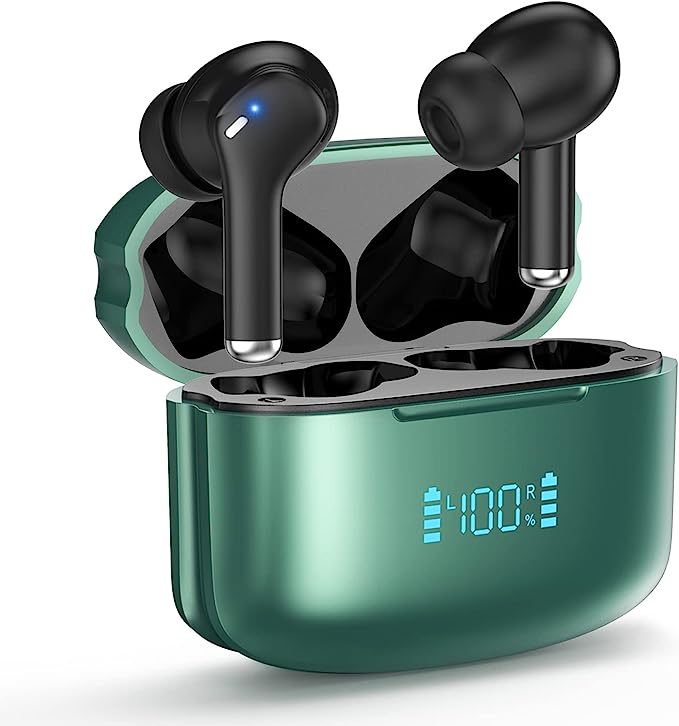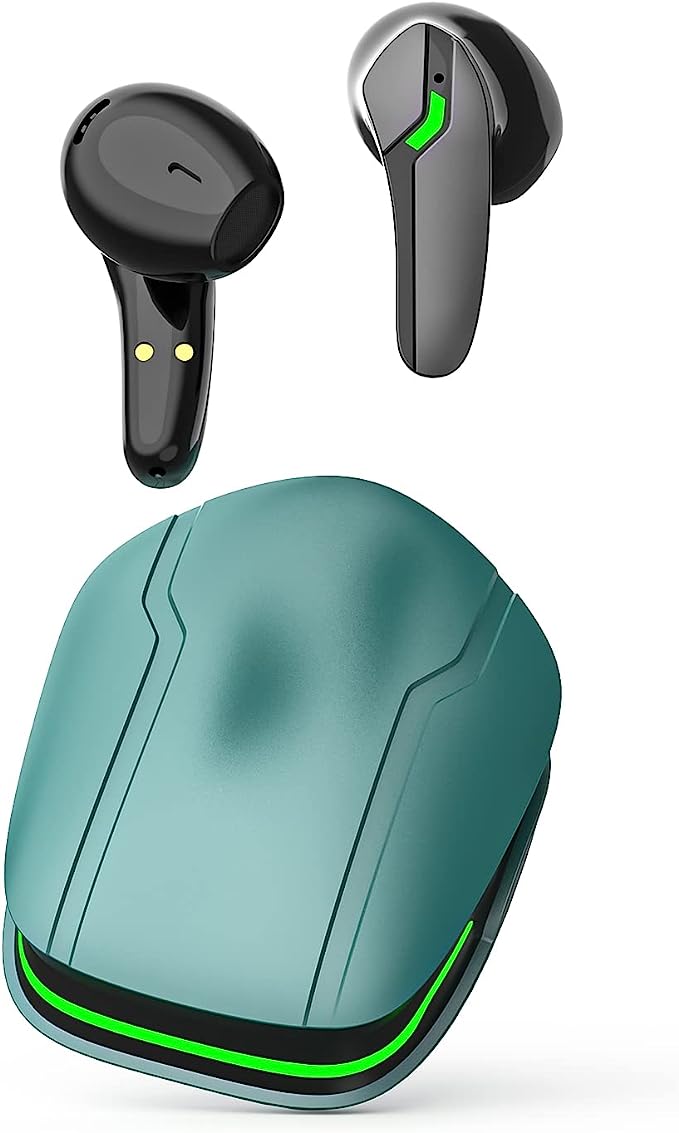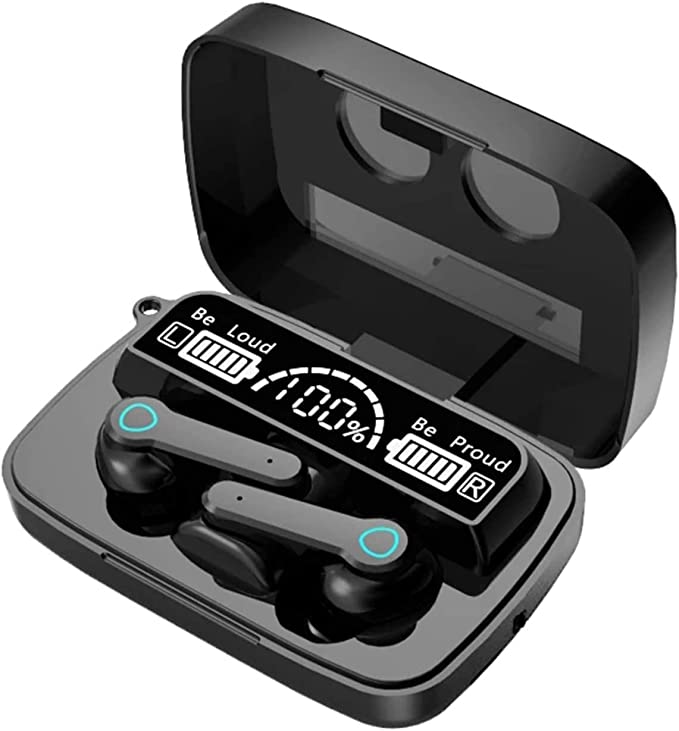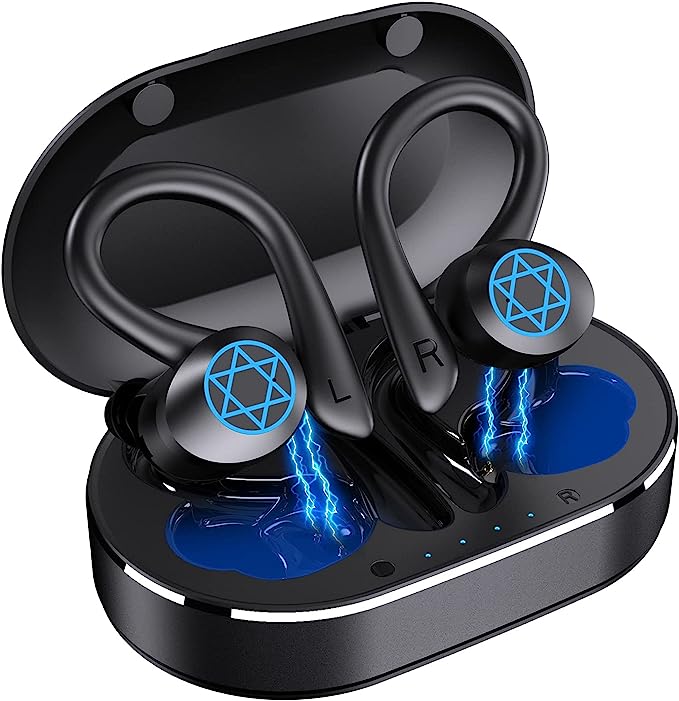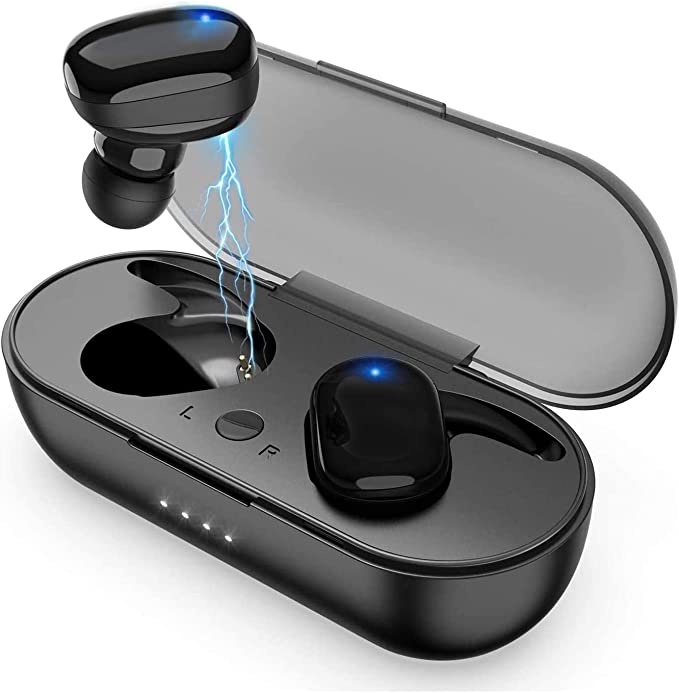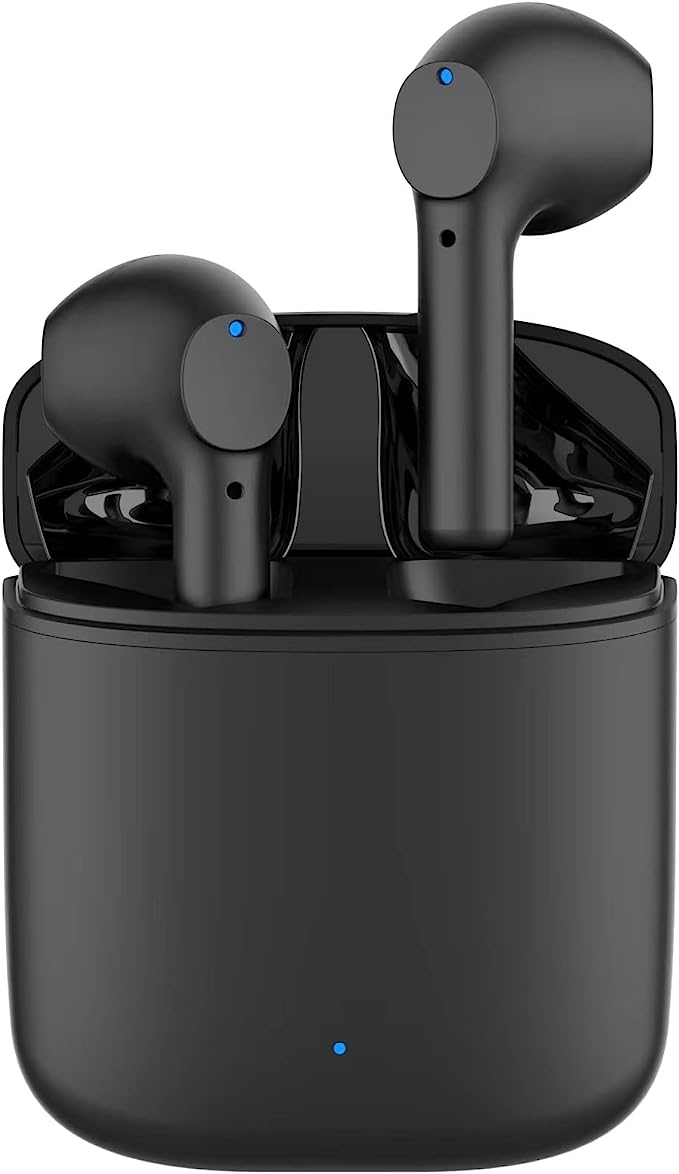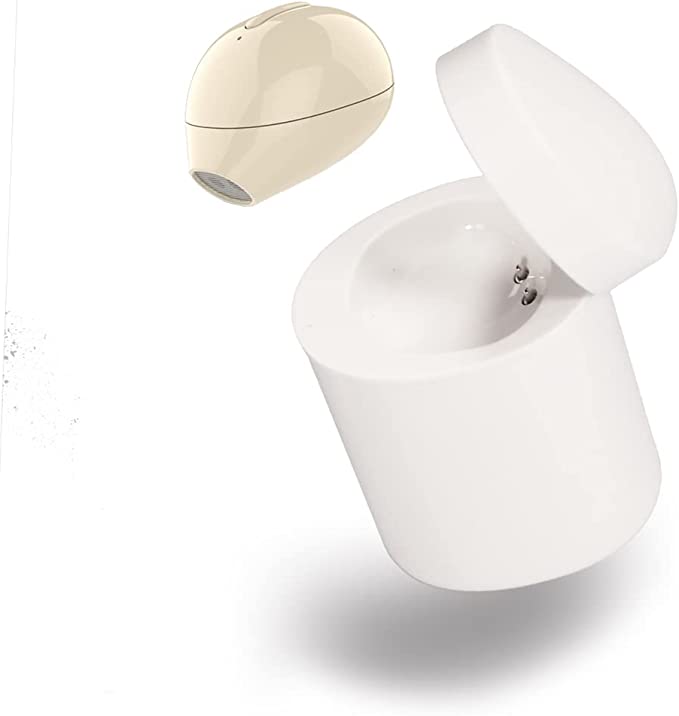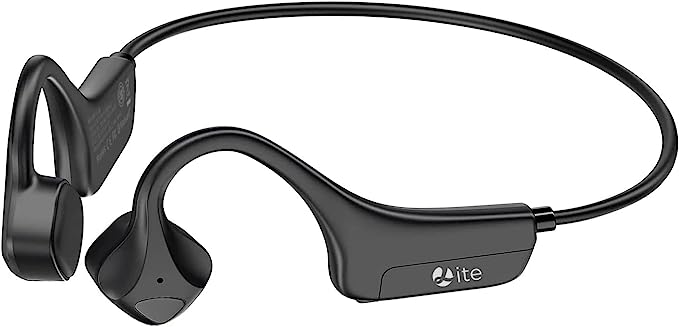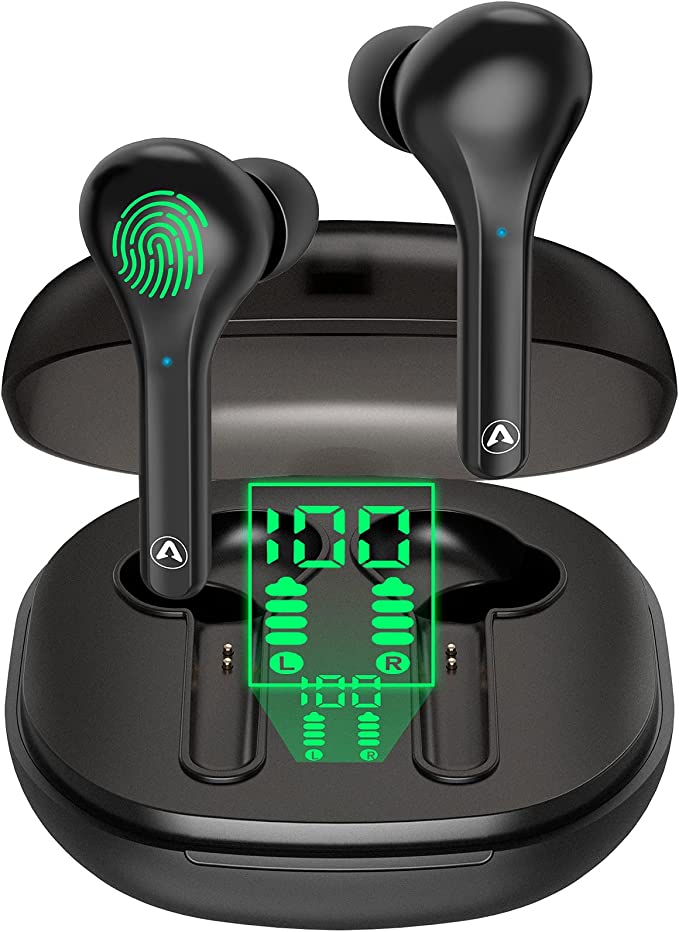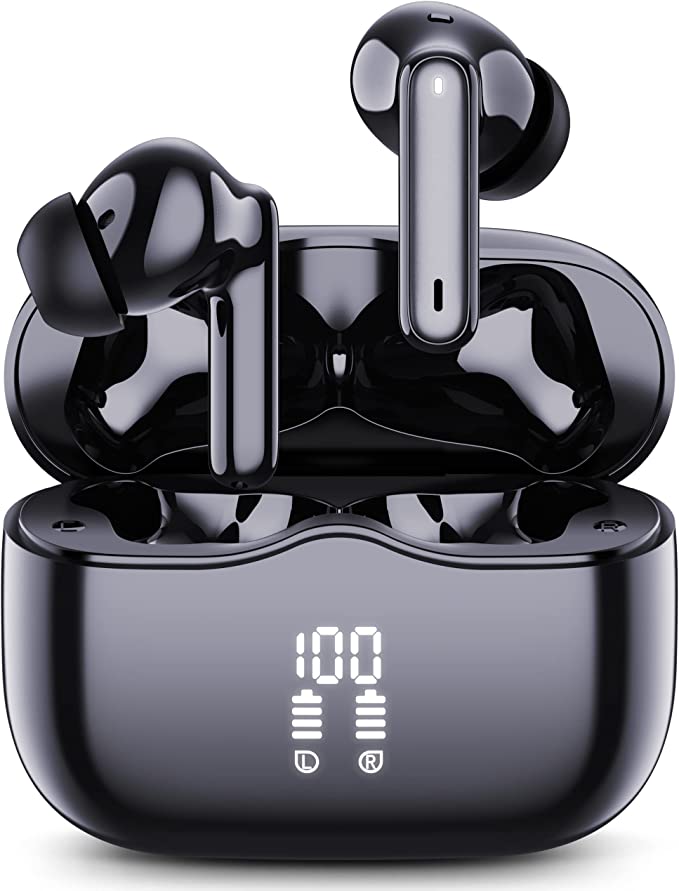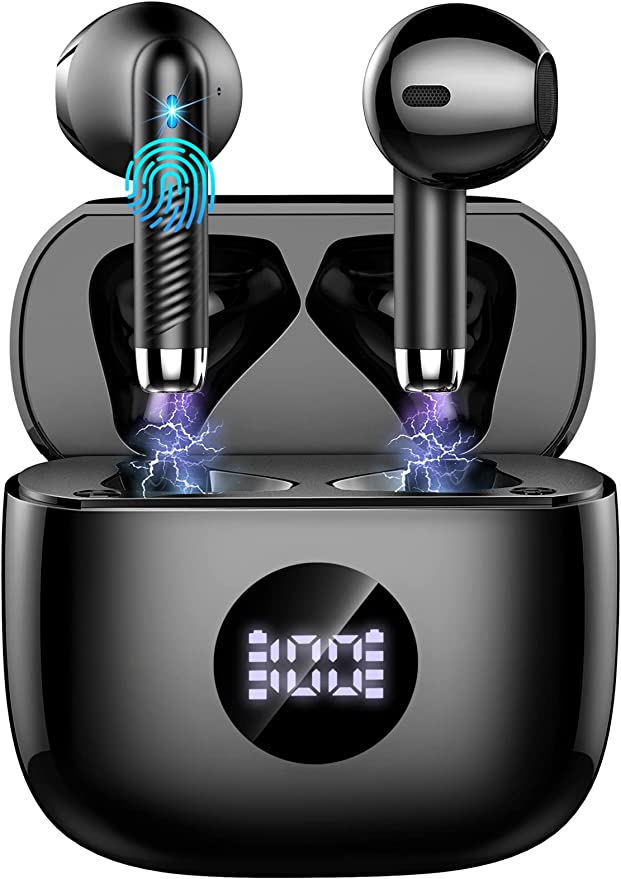The Review Paradox: Why One Headset Gets Both 5-Star Raves and 1-Star Rants
Update on Nov. 14, 2025, 8:24 p.m.
It’s a familiar scenario for any online shopper. You find a product that seems perfect, but its reviews tell two completely different stories. One user proclaims it’s the “best I’ve ever bought,” a 5-star revelation. The very next review calls it “worthless… unusable,” a 1-star disaster. How can a single product elicit such polar opposite reactions? Do you trust the rave or the rant?
This is the review paradox, and it can lead to decision paralysis. Consider an enigmatic device like the Eumspo F990 Wireless Headset. Its product page features this exact split: one user’s treasure is another’s trash. Rather than trying to determine which review is “right,” let’s use this as a perfect case study to decode the three hidden variables that explain why your experience with any tech product can vary so dramatically: physical fit, environmental context, and the realities of manufacturing.

Variable 1: The Ergonomic Lottery – A Perfect Fit or “Janky at Best”
The single most underestimated factor in personal audio is ergonomics. For a device that sits in or on your ear for hours, comfort and stability are paramount. Yet, human ears are as unique as fingerprints.
A headset’s design is based on an average anatomical model. For users whose ear shape aligns with this model, the experience can be flawless. One user described the F990 as having the “best fit for me,” noting its specific in-ear tip style was perfect. For this person, the headset is stable, comfortable, and positions the microphone correctly relative to their mouth.
However, for another user, the same fixed design can be a disaster. A comment that the “fit of this headset is janky at best, there’s no way to adjust the ear holder” reveals a fundamental mismatch between the product’s geometry and the user’s anatomy. When a headset doesn’t fit correctly: * It’s Uncomfortable: Creating pressure points that lead to pain. * It’s Unstable: Feeling insecure or falling out. * The Audio Suffers: A poor seal can ruin bass response, and an improperly positioned microphone can’t pick up your voice clearly.
The Takeaway: The “fit” review is highly subjective. A 1-star rating for fit doesn’t necessarily mean the product is poorly designed, but rather that it was poorly designed for that specific user. Look for patterns in reviews or products that offer more points of adjustment and multiple eartip sizes to increase your odds in the ergonomic lottery.

Variable 2: The Microphone Minefield – A Quiet Room vs. a Truck Cab
Microphone performance, especially for call clarity, is the second great variable. Many modern headsets, including the Eumspo F990, claim ENC (Environmental Noise Cancellation), often using a dual-microphone system. In theory, one mic focuses on your voice while the other identifies and digitally subtracts background noise.
In a controlled setting, this can work beautifully. The user who praised the F990’s “best mic” may have been using it in a relatively quiet home office, where the ENC algorithm could easily distinguish their voice from low-level ambient sounds.
However, the user who stated “nobody could understand me even when I was in a quiet room” experienced a complete failure of this system. This could be due to several factors: * The Nature of the Noise: ENC algorithms are better at cancelling steady, low-frequency noises (like an engine hum) than they are at handling sporadic, high-frequency sounds (like chatter or clatter). * The Fit (Again): An improper fit can position the primary microphone too far from the user’s mouth, causing it to pick up more reflected room noise than direct speech. * Software/Firmware Bugs: The complex DSP algorithms that run ENC can sometimes have glitches.
The Takeaway: “Clear calls” are highly context-dependent. When evaluating microphone reviews, pay close attention to the environment the reviewer describes. A headset praised by an office worker might be unusable for a truck driver, and vice-versa. The claim of “dual mic ENC” is a good sign of intent, but its real-world effectiveness is never guaranteed.

Variable 3: The Quality Control Lottery
Finally, we must address an honest reality of mass-market electronics, especially at budget-friendly price points: manufacturing variance. To make products affordable, components are sourced globally and assembled on vast production lines. While most brands have quality control processes, a certain percentage of defects is an accepted statistical probability.
It is entirely possible that the 5-star review came from a user who received a perfectly manufactured unit, where every solder point, component, and seal was flawless. In this case, the headset delivered on its promise of a 15-hour playtime and clear calls.
Conversely, the 1-star review, which mentions “built-in distortion and static,” sounds suspiciously like a hardware defect. A faulty microphone, a bad solder joint, or a malfunctioning DSP chip could easily lead to an unusable product right out of the box.
The Takeaway: A scathing 1-star review, especially when it describes a total failure of the device, might not be an indictment of the product’s design, but rather a report of receiving a lemon. This is where a company’s warranty and customer service become critical. When reading reviews, look for patterns. Is it one person reporting static, or are there dozens? A single report could be a fluke; a pattern suggests a systemic issue.
Conclusion: Becoming a Smarter Shopper
The review paradox of the Eumspo F990 doesn’t mean online reviews are useless. It means they must be read with a critical, informed eye. Instead of looking for a simple “good” or “bad” verdict, learn to decode the story behind the rating.
- Consider the Fit: Is the complaint about comfort or stability? It might be a personal ergonomic issue.
- Analyze the Context: Where was the user when the microphone failed? Was it a quiet room or a noisy factory?
- Look for Patterns: Is a specific problem (like static) mentioned by multiple reviewers, or is it an isolated incident that might point to a simple defect?
By understanding these hidden variables, you can navigate the confusing world of online reviews with confidence. You can recognize that a product isn’t just one thing; it’s a complex interaction between design, your unique body, your environment, and the simple luck of the manufacturing draw.
